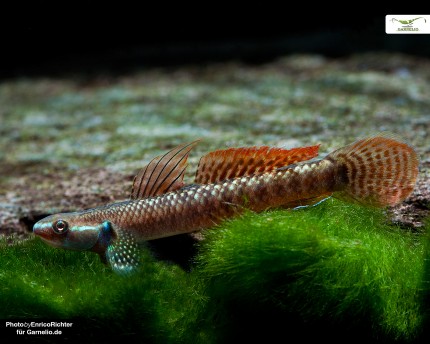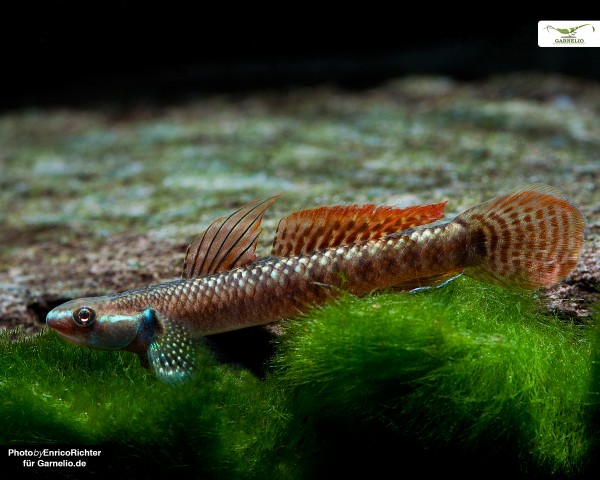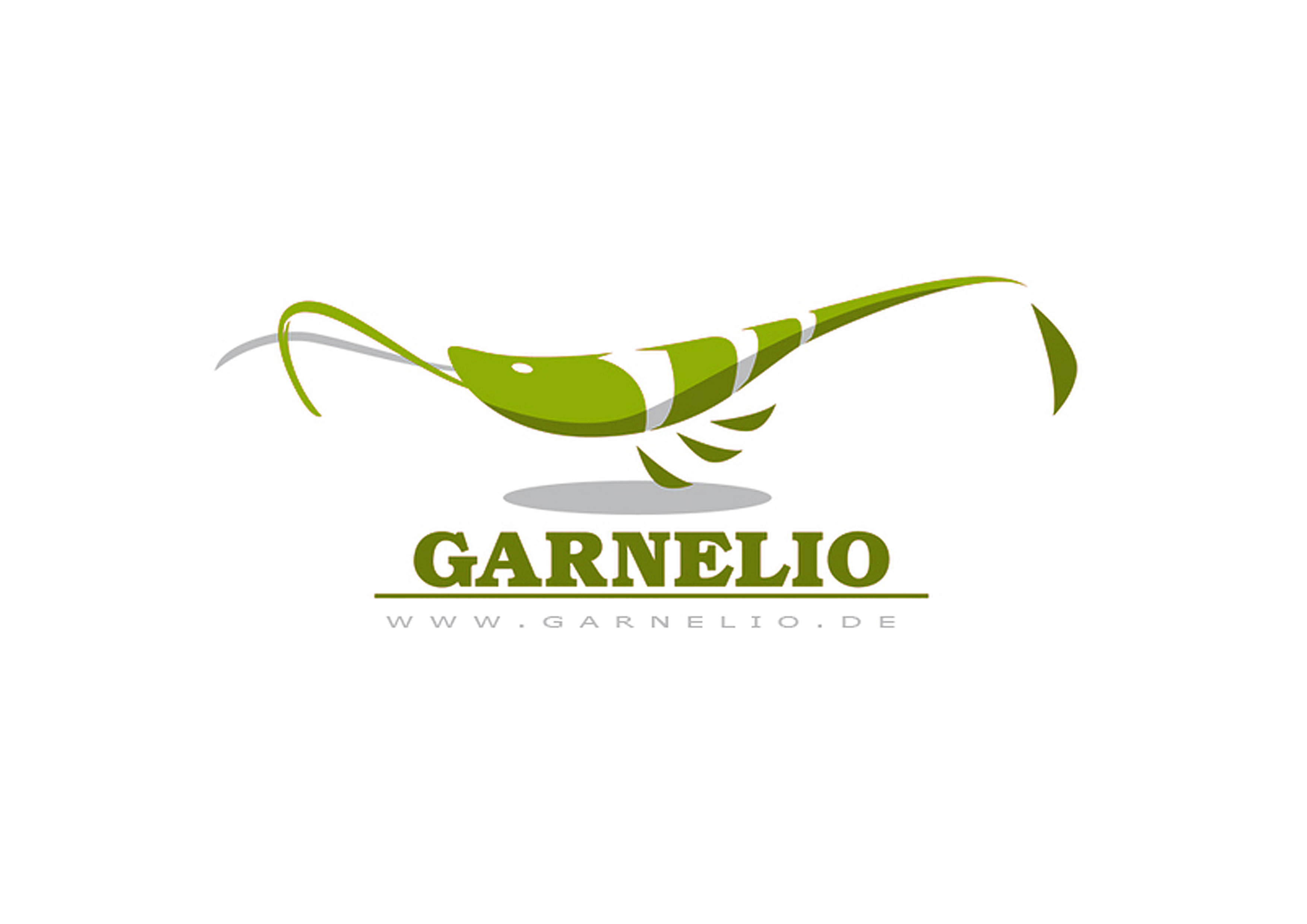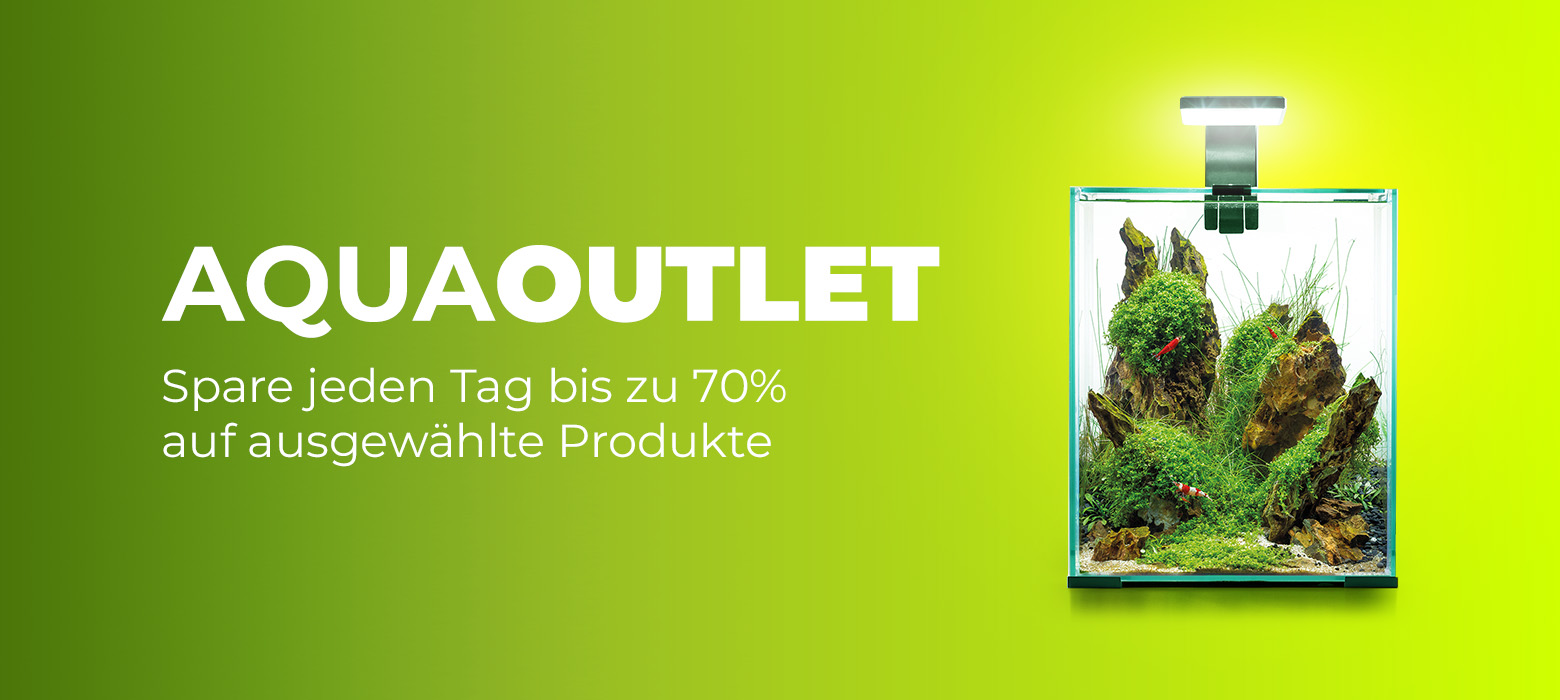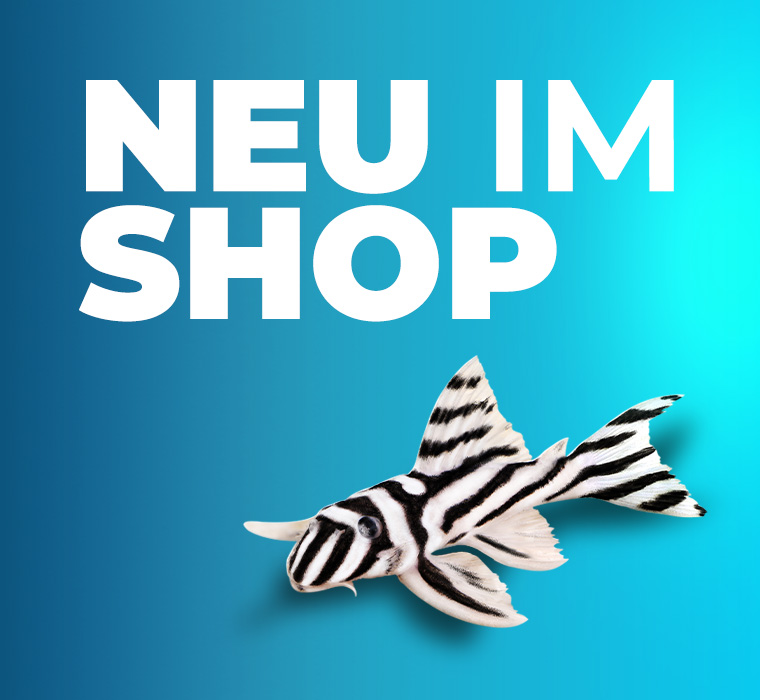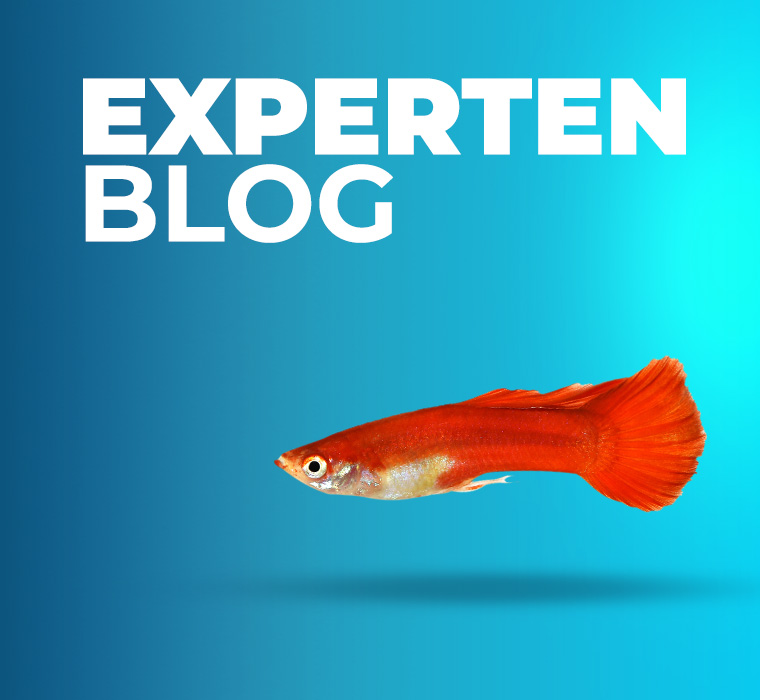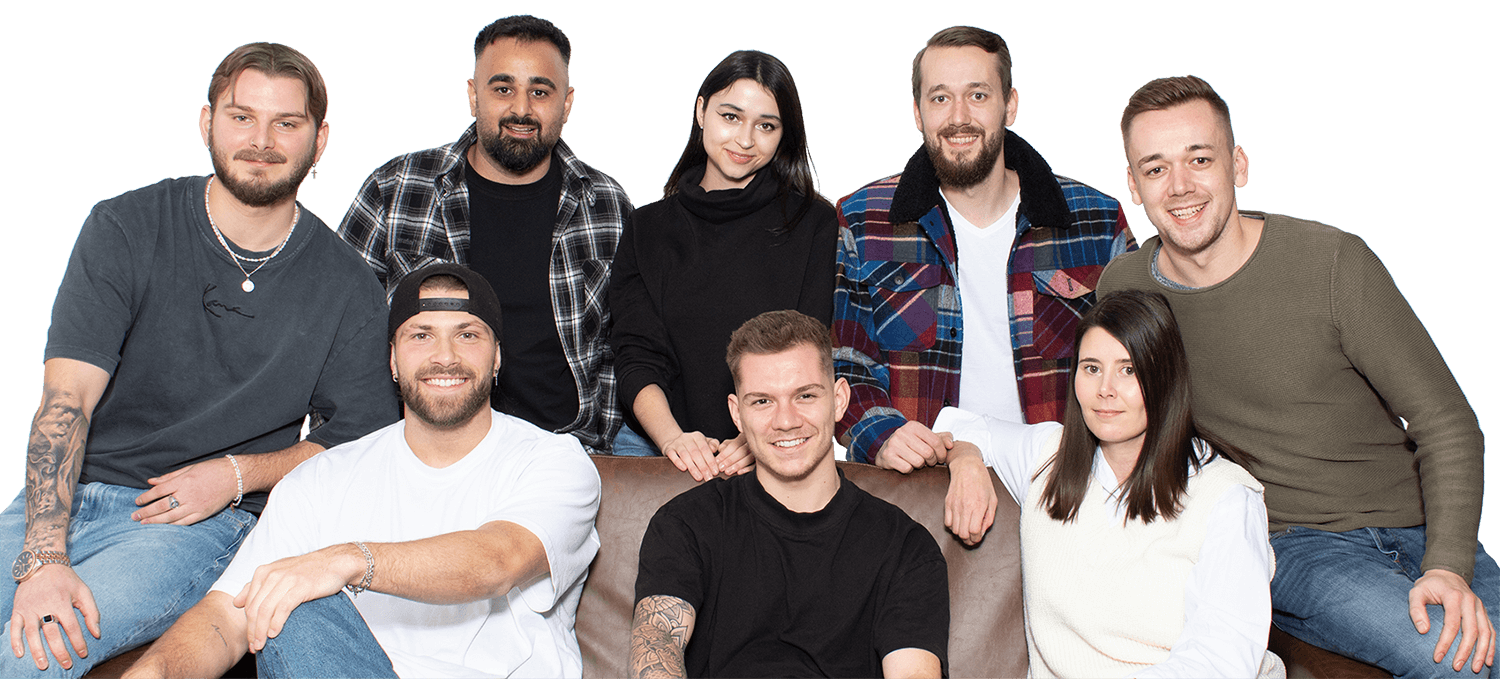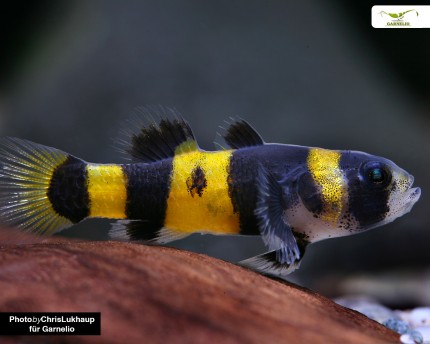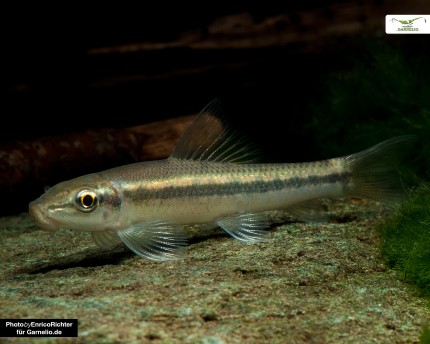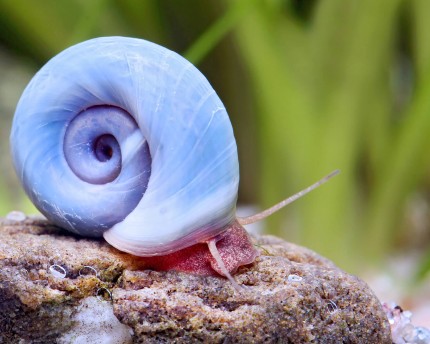incl. VAT plus shipping costs
Currently not available
Delivery only innh. Germany and Austria possible.
Switch to the German store
- Item no: 7836
Fast delivery times
All products are in stock with us!14 years of breeding experience
Let our team of experts advise you!High customer satisfaction
from over 3,000 reviews "| Origin: | Asia |
| Pelvic region: | Below |
| Temperature: | 20-25 °C |
| Feature: | Algae eater |
| with shrimps?: | with shrimps > 6 cm |
| Fish group: | Gobies |
| Water values: | Soft water |
| Difficulty: | 3 - Difficult |
| Diet: | limnivorous - growth eater (algae) |
| Aquarium size: | 54 l (approx. 60cm) |
| with dwarf crabs?: | No |
| Visual effect: | Especially colorful |
| Planting possible?: | Yes |
| with snails/shells?: | Yes |
| Final size: | 4-8 cm |
| Behavior: | Normal |
| with large crabs?: | No |
| with fish?: | conditional* (see description) |
| Breeding: | heavy |
| with crabs?: | No |
Not so long ago and unfortunately not really available in aquaristics, the orange neon goby, Stiphodon ornatus, is almost an insider tip among goby enthusiasts. And this, although it is already known since the '70s! The orange neon goby is native to fast flowing rivers of West Sumatra and prefers clear waters with strong currents, where it lives in shoals and feeds on growth. Our Orange Neon Gobies are available in a size between 3-4 cm!
The animals have a torpedo-shaped body with a gray-brown ground color. Individual scales are darker colored, which gives it a very interesting appearance. The bipartite dorsal fin has dark fin rays in the front area, the rear one is spotted brown, just like the caudal fin. The pectoral fins are shimmering turquoise with yellow speckles. Also on the head a turquoise band shows up over the upper lip to over the eyes to the fin attachments. Since especially the males can change their colors very quickly, the animals can be most easily identified mainly during the mating season. As usual for gobies, the orange neon goby has a ventral fin fused to a suction disc. The orange neon goby can usually be socialized well with other peaceful fish, only within the species it maintains a quite rough social structure. These rather small gobies grow to about 6 cm in length.
The females differ from the males by two dark lines on an otherwise rather ocher ground color, but under stress both sexes tend to fade. Breeding is difficult in the aquarium, also there is no report about this so far. In their habitat the orange neon gobies live in freshwater, but their pelagic larval development takes place in saltwater.
Orange Neon Gobies can be kept in aquariums as small as 54 liters. Since it prefers a life in the shoal and can live out only in such a way its characterful social behavior, it should be kept in a group with at least 7 animals. This has to be taken into account when choosing the by-fish. As it knows it from its habitat, the aquarium should have current. A fine sand can be used as substrate. The tank may also be densely planted in places, so that the animals can withdraw. The rather soft to slightly alkaline water should always be well aerated and hygienic. At a pH-value between 6,5-7,5, a total hardness (GH) of 2-20 °dGH and a temperature between 22-26 °C the animals feel most comfortable.
Even though it is recommended to keep these beautiful animals in a species aquarium due to their higher maintenance requirements, they can be kepttogether with other peaceful fish that are not too hyper and prefer the same water parameters, but also with large peace-loving invertebrates such as fan shrimps . We do not recommend a socialization with dwarf crayfish or crayfish, because they may pinch the fins of the gobies or even catch and eat them.
As omnivores, the Orange Neon Goby feeds mainly on algae growth and plaque, but also on the microfauna and small crustaceans living in it. It can therefore be fed well in the aquarium with food chips or food tablets, but also with vegetable chips such as zucchini or pumpkin and scalded vegetables such as nettle, spinach or cucumber. She will also not reject offered frozen and live food such as white and black mosquito larvae, cyclops, daphnia, Artemia nauplii, grindalworms and enchytraea.
Our food recommendation: With the well smelling NatureHolic CatfishFeed a special food for sucking catfish and other bottom dwelling growth eating fish has been tailor made. The food tabs contain important dietary fiber and plant fiber as well as strong proteins from insect larvae and carbohydrate-rich vegetables. The food tabs provide a very natural eating experience due to the rasping and do not disintegrate in the water. The specially developed NH Immune+ complex, as well as the NH Color+ high performance additive support the immune system and the magnificent color formation of the fish.
Our plant recommendation: Use for planting NatureHolic InVitros. These are free of snails, planaria and other unwanted co-inhabitants. Also free from algae spores, bacteria and fungi.
Expert Tip: We recommend for fish keeping the NatureHolic 3 Phase Liquid. The care set offers the best all-round protection for your animals. It ensures optimal conditions for successful breeding and keeping.
| Scientific name: | Stiphodon ornatus |
| German Name: | Orange Neon Goby |
| Difficulty level: | advanced |
| Origin/Distribution: | West Sumatra |
| Coloration: | gray-brown ground coloration on torpedo-shaped body, ventral fin disc, males more splendidly colored during mating season, females mainly light ground color with two lateral lines |
| Age expectancy | unknown |
| Water parameters: | GH 2-20, pH 6.5-7.5, adaptable, temperature 22-26°C |
| Tank size: | from 54 l |
| Food | Omnivores, growth eaters, algae, algal growth and microfauna, algae tablets, phytoplankton, live and frozen food |
| Breeding | medium |
| Behavior | territorial/aggressive towards conspecifics |
| Group size | at least 7 animals |
| Further information | Ten typical aquarium fish for beginners and alternatives to them, Tips for acclimating fish to the aquarium, Feeding aquarium fish properly - cheap food and what it can do |
- Item no: 7836
Entdecke die Garnelio Welt!
Garnelio gehört zu den größten Onlineshops für wirbellose Aquarientiere weltweit.
Viele Artikel gibt es exklusiv nur bei uns im Shop.

